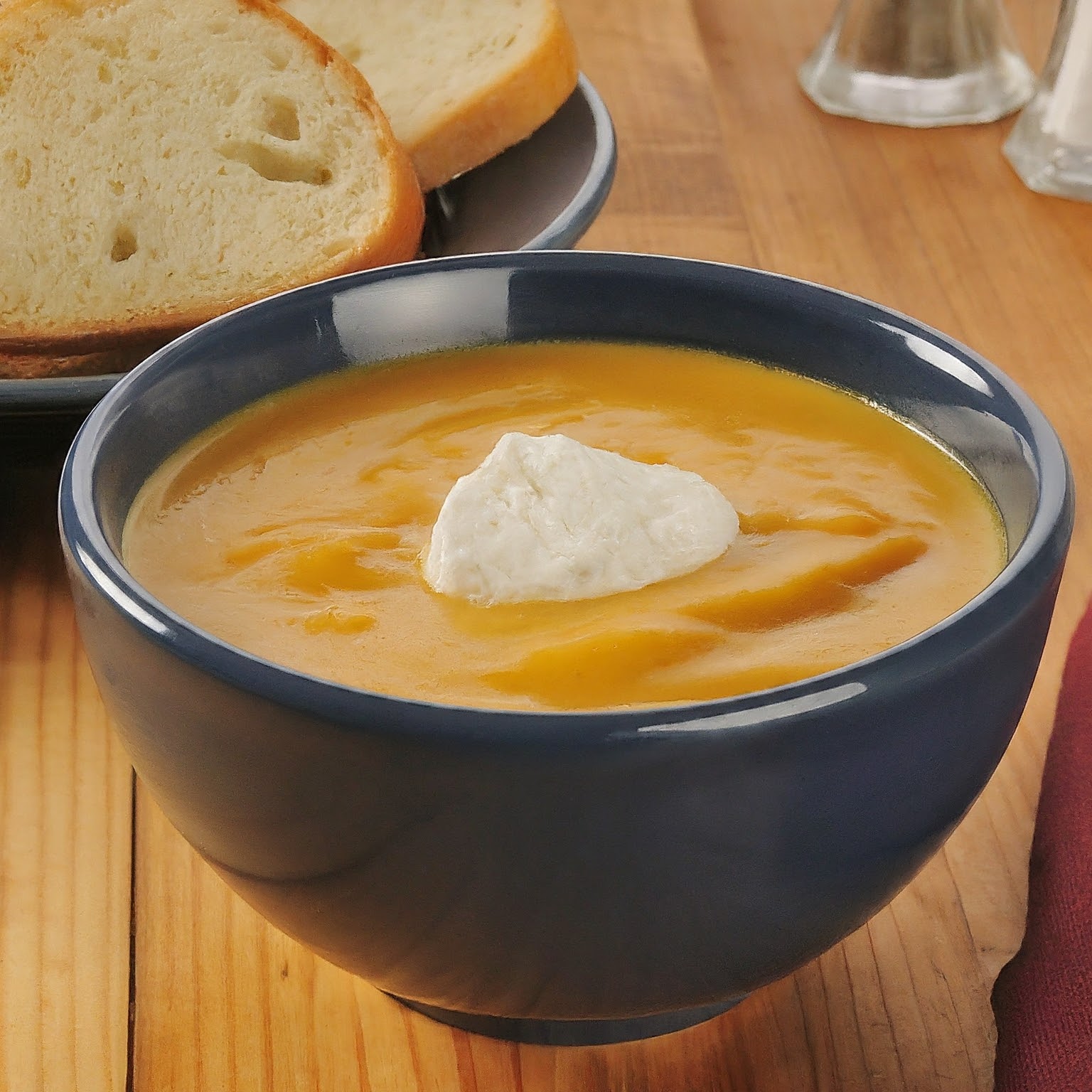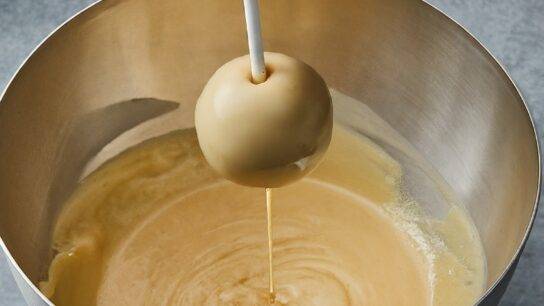Introduction
Soup is a versatile and comforting dish enjoyed by people all over the world. Whether it’s a hearty vegetable soup, a creamy bisque, or a classic chicken noodle, knowing how to determine serving size of a soup recipe is essential for meal planning, nutrition tracking, and ensuring everyone gets a satisfying portion. In this comprehensive guide, we’ll delve into the various factors that influence serving size, provide practical tips, and offer insights to help you master the art of portioning soup.
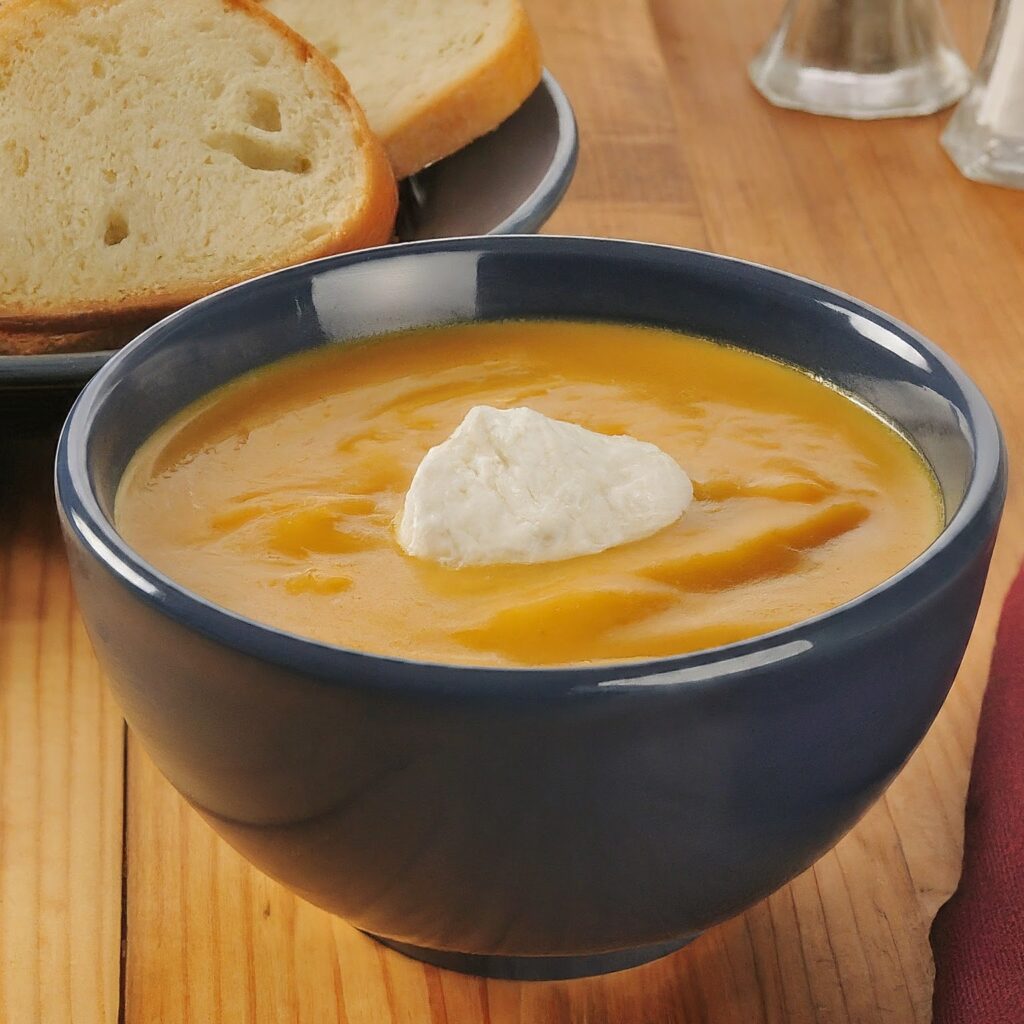

Table of Contents
Understanding Serving Size
Before we dive into the specifics of how to determine serving size of a soup recipe, let’s clarify what serving size means. Serving size refers to the standard amount of food consumed in one sitting. It helps in understanding nutritional information, managing portion control, and planning meals effectively.
Why Serving Size Matters
- Nutritional Balance: Knowing how to determine serving size of a soup recipe ensures that you get the right balance of nutrients in each portion.
- Calorie Control: Proper serving sizes help in managing calorie intake, which is crucial for maintaining a healthy weight.
- Meal Planning: Accurate serving sizes make it easier to plan meals, especially when cooking for multiple people or storing leftovers.
Factors Influencing Soup Serving Size
1. Type of Soup
The type of soup plays a significant role in determining the serving size. Creamy soups or those with rich ingredients like cheese and cream are more filling than clear broth-based soups. For instance, a bowl of clam chowder will likely have a smaller serving size compared to a light miso soup due to its richness and higher calorie content.
2. Ingredients
The ingredients used in the soup can affect its density and nutritional content. Soups packed with vegetables, proteins, and grains might require smaller serving sizes compared to lighter, broth-based soups. A vegetable barley soup, rich in fiber and protein, may have a smaller recommended serving size than a simple vegetable broth.
3. Meal Context
The context in which the soup is served also influences the serving size. Is it a main course or a starter? If the soup is the main dish, larger portions may be needed to satisfy hunger. For example, a hearty lentil soup served as a main course might have a serving size of 1.5 to 2 cups, while the same soup served as a starter might only require 1 cup per serving.
4. Dietary Needs
Individual dietary needs and preferences can dictate serving sizes. For those following specific diets or nutritional plans, understanding how to determine serving size of a soup recipe is crucial. For instance, individuals on a low-carb diet may opt for smaller servings of high-carb soups like potato leek soup.
Step-by-Step Guide to Determine Serving Size
Step 1: Analyze the Recipe


Start by carefully reading the soup recipe. Most recipes will indicate the total yield, often in cups or liters. This is the first clue in how to determine serving size of a soup recipe. For example, if a recipe yields 8 cups of soup, you can start considering how many servings this will provide.
Step 2: Standard Serving Sizes
A standard serving size for soup is typically 1 to 1.5 cups. This can vary based on the type of soup and its intended role in the meal. For example, a hearty minestrone might have a larger serving size compared to a light consommé. Understanding the standard serving sizes helps in planning meals and ensuring consistency.
Step 3: Consider the Ingredients
Examine the ingredients list to gauge the soup’s density and richness. A soup with a lot of vegetables, beans, or meat might be more filling, necessitating smaller servings. For instance, a beef and barley soup, rich in protein and fiber, will likely be more filling than a simple chicken broth, resulting in smaller serving sizes.
Step 4: Use Measuring Tools
Accurate measurement is key to how to determine serving size of a soup recipe. Use measuring cups to portion out the soup, ensuring consistency in serving sizes. This is particularly useful when cooking in large batches or when serving multiple people.
Step 5: Adjust for Meal Context
If the soup is part of a multi-course meal, smaller serving sizes might be appropriate. Conversely, for a standalone dish, larger portions might be needed to provide adequate sustenance. For instance, if you’re serving a three-course meal that includes soup, salad, and a main dish, a smaller serving of soup will be sufficient.
Step 6: Factor in Nutritional Information
If nutritional information is available, use it to guide your serving sizes. This is particularly useful for those monitoring calorie intake or specific nutrients. For example, if the soup is high in calories or sodium, you might opt for a smaller serving size to stay within dietary guidelines.
Practical Tips for Determining Serving Size
Use a Ladle
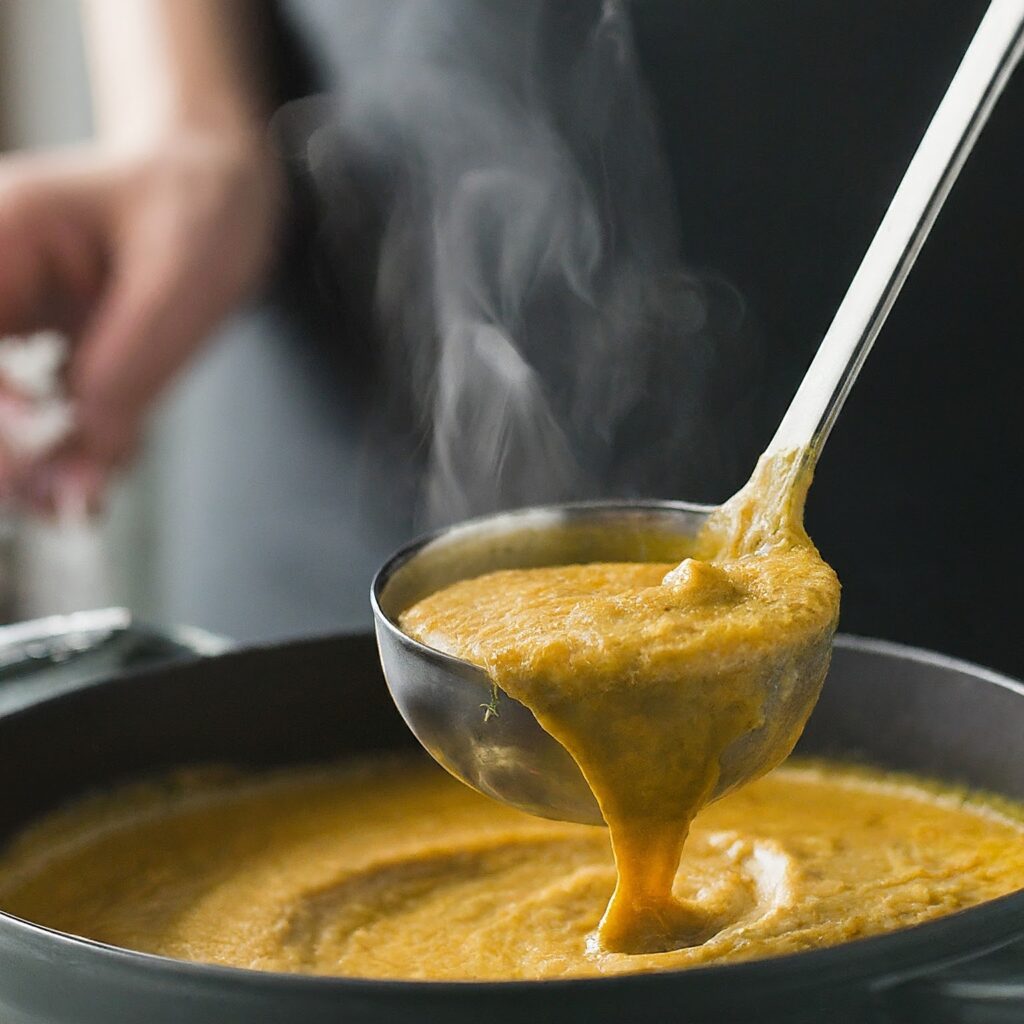

A standard soup ladle holds about 1 cup of liquid. Using a ladle can help you portion out consistent serving sizes without the need for measuring cups. This is a simple and effective way to ensure each serving is uniform.
Portion Control Containers
Invest in portion control containers that are pre-measured to standard serving sizes. This makes it easy to store and reheat soup in individual portions. These containers are particularly useful for meal prep and for those following specific dietary plans.
Batch Cooking
When cooking large batches of soup, divide it into individual servings before storing. This not only helps in how to determine serving size of a soup recipe but also makes it convenient for meal prep. You can freeze individual portions for future use, making it easy to grab a single serving when needed.
Pay Attention to Hunger Cues
While standard serving sizes are a good guideline, listening to your body’s hunger cues is important. Adjust serving sizes based on your hunger and satiety levels. If you find that a standard serving size leaves you feeling hungry, consider increasing the portion size slightly.
Consider the Audience
When serving soup to a group, consider the dietary preferences and hunger levels of your guests. Children, for instance, may require smaller servings compared to adults. Similarly, athletes or individuals with higher caloric needs might require larger portions.
Common Mistakes to Avoid
Overestimating Serving Sizes
One common mistake is overestimating the serving sizes, especially with rich and creamy soups. This can lead to higher calorie intake and potential food wastage. Always start with smaller portions and adjust as needed.
Ignoring Nutritional Information
Ignoring the nutritional information can lead to unbalanced meals. Pay attention to the calories, sodium, and other nutrients in the soup to ensure you’re meeting dietary guidelines. For example, a high-sodium soup might require smaller portion sizes to keep sodium intake in check.
Not Considering the Meal Context
Serving sizes should be adjusted based on the meal context. Failing to consider whether the soup is a main course or a starter can lead to incorrect portioning. Always tailor serving sizes to the overall meal plan.
Example Soup Recipes with Serving Size
Classic Chicken Noodle Soup


Ingredients:
- 1 lb chicken breast
- 8 cups chicken broth
- 2 cups sliced carrots
- 2 cups sliced celery
- 1 cup diced onion
- 2 cups egg noodles
- Salt and pepper to taste
Yield: 10 cups
Serving Size: 1 cup
Creamy Tomato Basil Soup
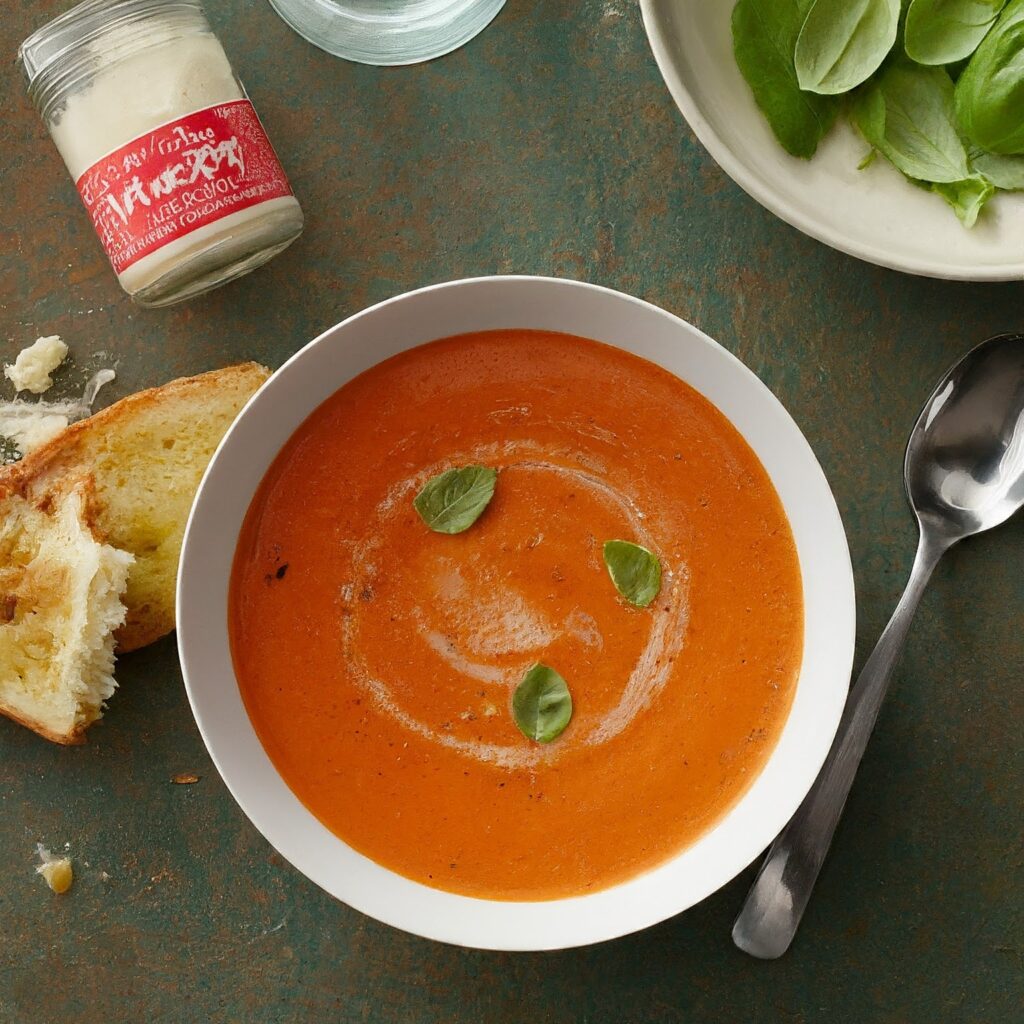

Ingredients:
- 2 lbs fresh tomatoes
- 1 cup heavy cream
- 4 cups vegetable broth
- 1 cup chopped basil
- 1 cup diced onion
- 2 cloves garlic, minced
- Salt and pepper to taste
Yield: 8 cups
Serving Size: 1 cup
Hearty Lentil Soup
Ingredients:
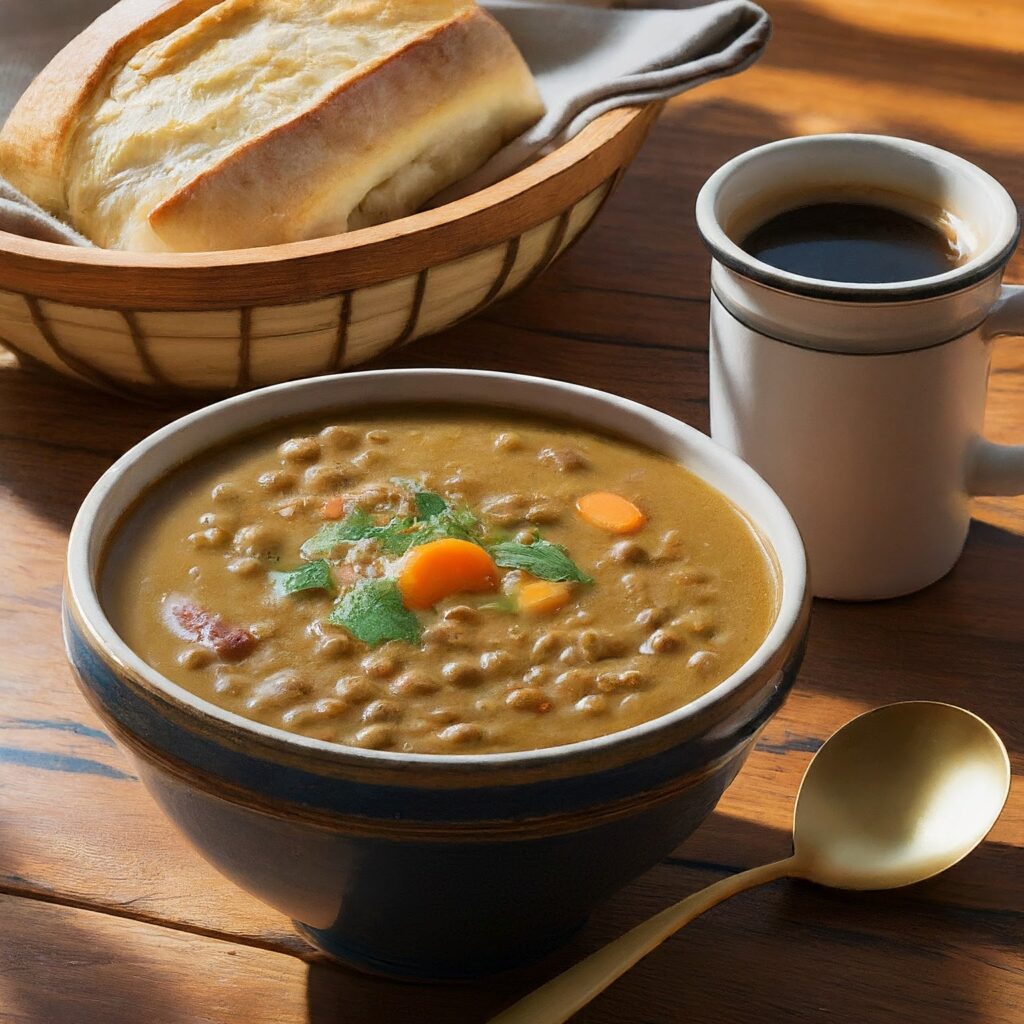

- 2 cups lentils
- 8 cups vegetable broth
- 2 cups diced carrots
- 2 cups diced celery
- 1 cup chopped onion
- 2 cloves garlic, minced
- 1 tbsp olive oil
- Salt, pepper, and spices to taste
Yield: 10 cups
Serving Size: 1 cup
Minestrone Soup
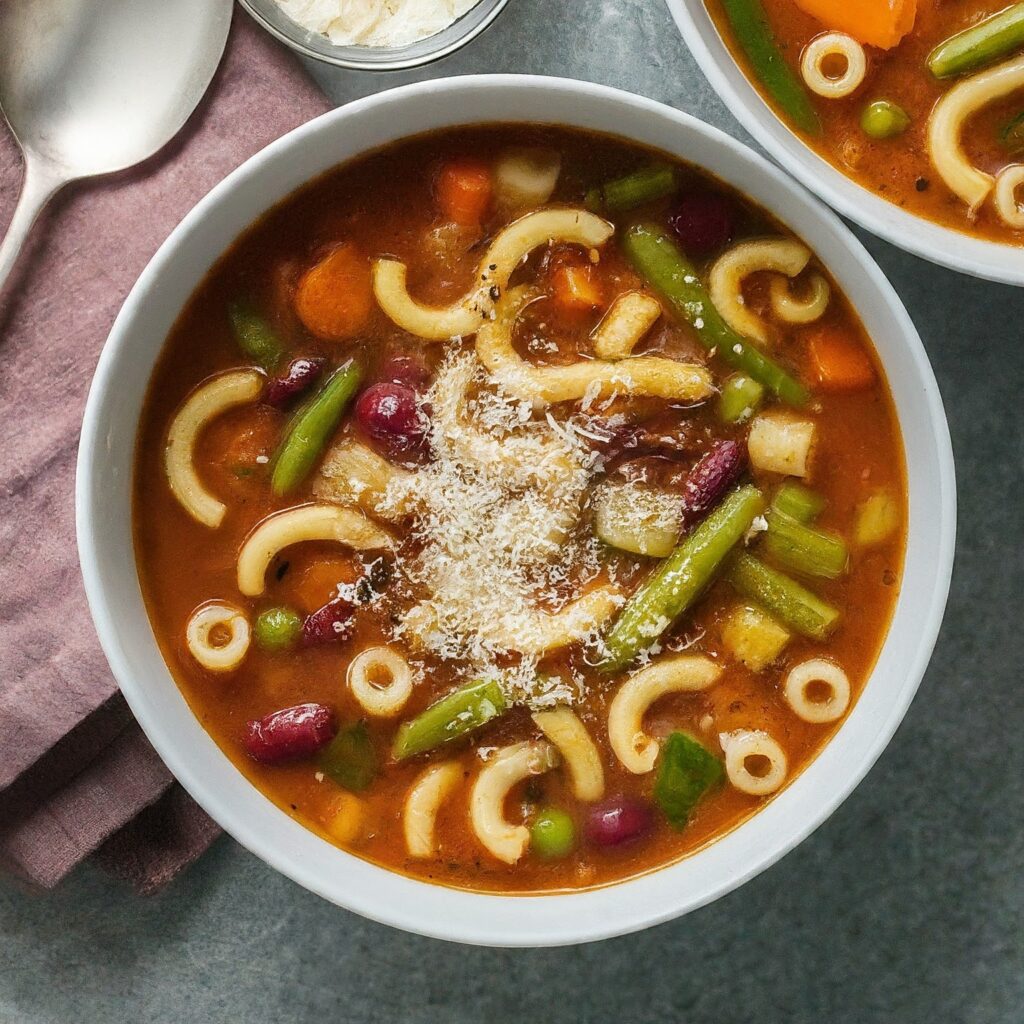

Ingredients:
- 1 cup diced zucchini
- 1 cup diced carrots
- 1 cup diced celery
- 1 cup diced potatoes
- 1 cup green beans, cut into 1-inch pieces
- 1 can (15 oz) kidney beans, drained and rinsed
- 1 can (15 oz) diced tomatoes
- 4 cups vegetable broth
- 1 cup small pasta shells
- 1 tbsp olive oil
- 1 tsp dried oregano
- Salt and pepper to taste
Yield: 12 cups
Serving Size: 1.5 cups
Butternut Squash Soup
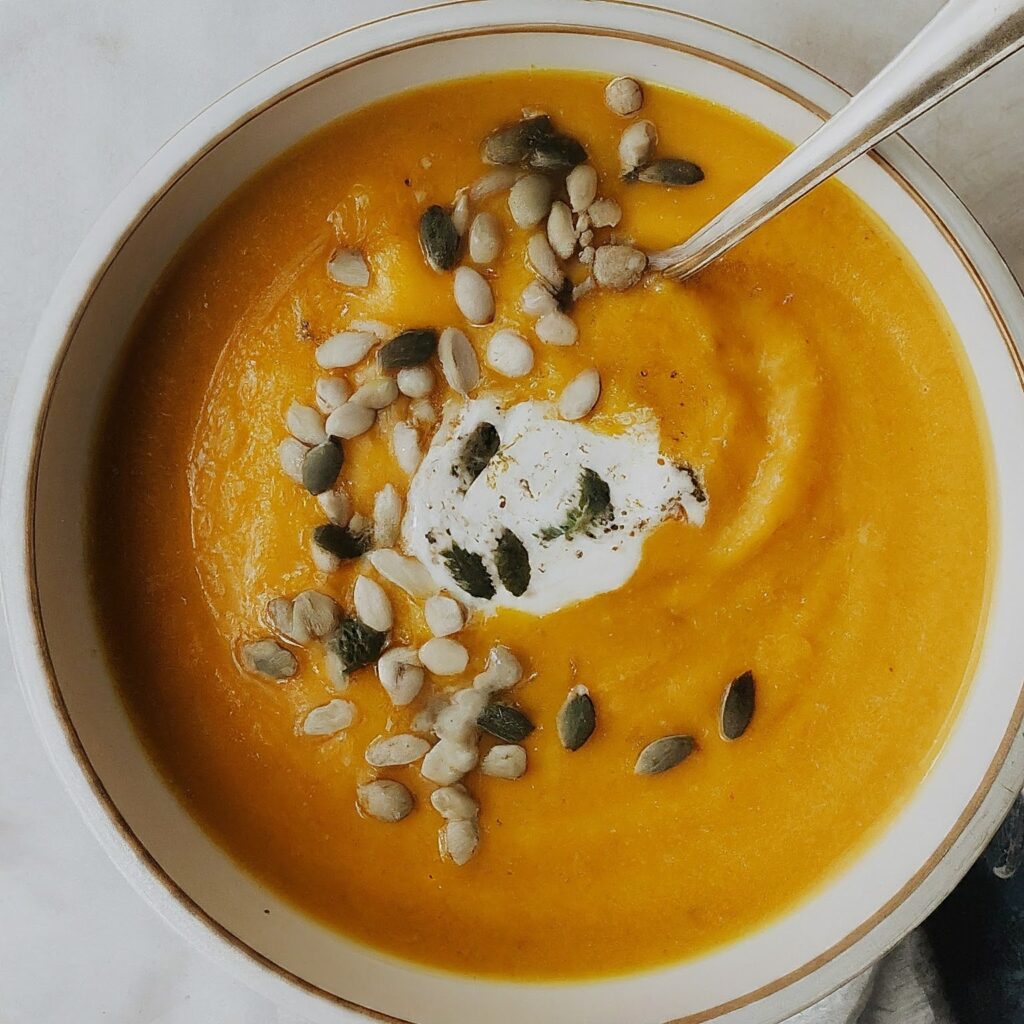

Ingredients:
- 2 lbs butternut squash, peeled and cubed
- 1 cup diced onion
- 4 cups chicken broth
- 1 cup heavy cream
- 1 tsp ground nutmeg
- Salt and pepper to taste
Yield: 8 cups
Serving Size: 1 cup
External Resources for Further Reading
Conclusion
Mastering how to determine serving size of a soup recipe is an invaluable skill that enhances your cooking experience and ensures balanced, nutritious meals. By considering factors such as the type of soup, ingredients, meal context, and individual dietary needs, you can accurately portion out servings to suit any occasion. Remember to use measuring tools, pay attention to hunger cues, and refer to nutritional information where available.
With these tips and insights, you’re well on your way to becoming adept at determining serving sizes for all your favorite soup recipes. Happy cooking!

